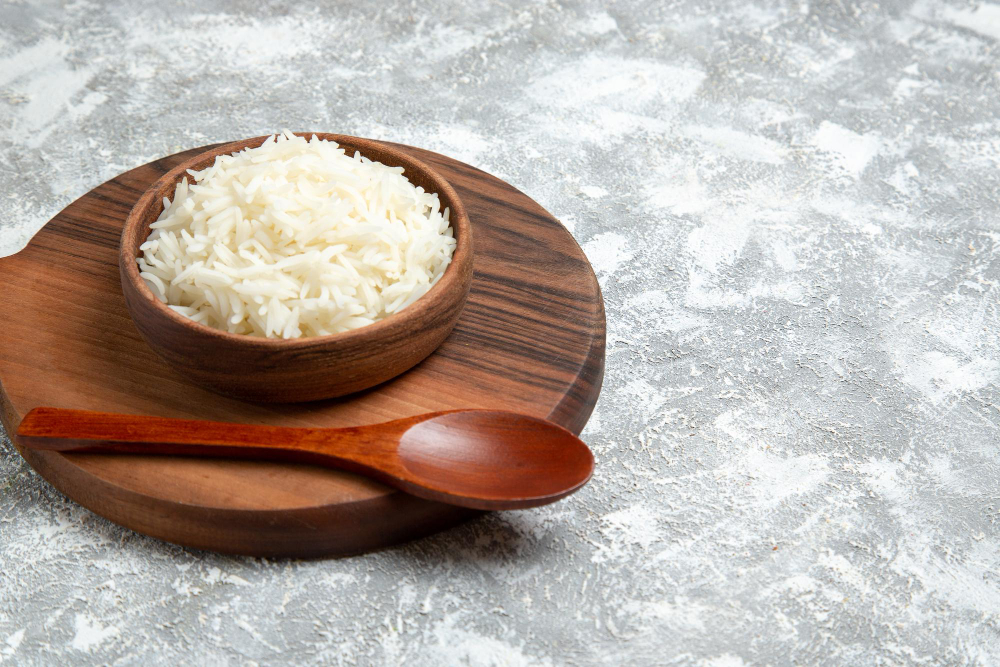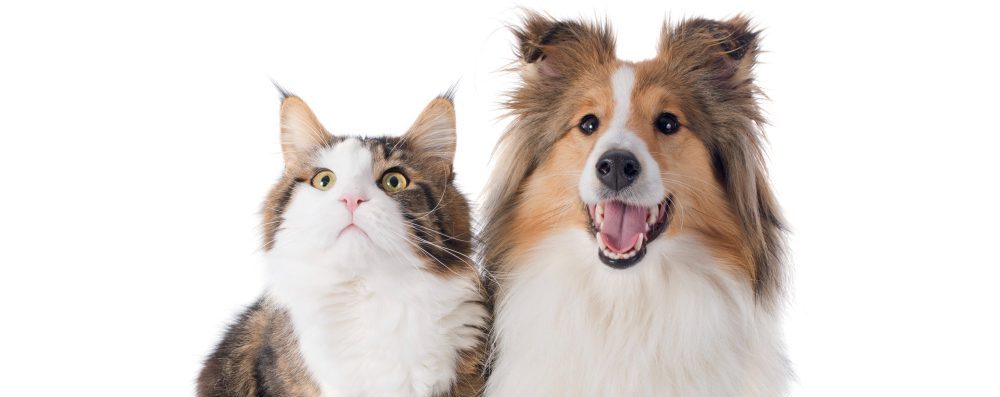Rice, a staple food for half the world’s population, is a versatile grain that belongs to the grass family. It thrives in regions with abundant rainfall and consistent temperatures, and it’s the third largest crop globally. As a primary carbohydrate source, rice fuels energy consumption for countless individuals. But does this dietary staple extend to our canine companions? This article explores the role of rice in a dog’s diet and its nutritional implications.
Nutritional Composition of Rice
Rice is a potent energy source, primarily due to its high carbohydrate content. It also provides around 3% protein. Among the micronutrients, which are needed in smaller quantities compared to macronutrients, rice is rich in phosphorus, potassium, and B vitamins.
Different rice types vary in their fiber content. White rice, the most commonly consumed variety, has significantly less fiber than other types like brown rice.
Canine Consumption of Rice: Is It Safe?
Yes, dogs can safely consume rice. It contains no toxic components, and when included in a balanced, homemade diet formulated by a trained animal nutritionist, it can be a beneficial part of a dog’s meal plan. However, rice is not a functional food, meaning it doesn’t provide specific health benefits beyond basic nutrition. In most canine diets, it’s used primarily as an energy source. Many commercial dog foods include rice or rice by-products for their energy and fiber content.
While dogs don’t have a nutritional requirement for carbohydrates, they can be a welcome addition to their diet. Carbohydrates can meet daily energy needs and reduce diet costs by replacing proteins.
The Role of Rice in a Dog’s Diet
While dogs can consume rice, it shouldn’t be the main ingredient in their diet. Over-reliance on rice can lead to nutritional imbalances and potential health issues. For instance, rice is high in phosphorus, which can exacerbate kidney damage in dogs with kidney disease.
If your dog’s diet includes rice as part of a balanced, homemade meal plan formulated by a professional animal nutritionist, there’s no cause for concern. The quantities will be adjusted to meet your pet’s nutritional needs without compromising their health. However, caution is advised if you’re relying on diets found on the internet, as these may not be nutritionally balanced and could harm your pet.
Rice in Special Circumstances: Seasoning and Diarrhea Concerns
When considering the role of rice in a dog’s diet, two common concerns often arise: the impact of seasoned rice and the use of rice to alleviate diarrhea symptoms. Both situations warrant careful consideration.
Seasoned rice, while a delicious treat for humans, is not suitable for dogs. Certain seasonings, such as garlic and onion, can be harmful to dogs. Therefore, it’s best to avoid giving leftover seasoned rice to your pet.
On the other hand, the question of whether rice can help alleviate diarrhea in dogs is a common one. It’s crucial to understand that diarrhea is not a disease in itself but a symptom of an underlying health issue. If your dog is experiencing diarrhea, it’s essential to consult a veterinarian.
Some veterinarians may recommend rice as part of the treatment plan, as it can contribute to forming solid stools. However, any dietary changes during a period of diarrhea or other symptoms should be made under veterinary guidance. Persistent diarrhea, lasting more than 48 hours, requires immediate medical attention as it can lead to severe dehydration and even death.
In both scenarios, the key takeaway is that while rice can be a part of a dog’s diet, its use should be carefully managed and monitored. Always consult with a professional when considering dietary changes for your pet.
Preparing Rice for Your Dog
Before introducing any new food into your pet’s diet, it’s essential to consult a pet nutritionist. They can provide guidance on the quantity and preparation method to ensure your pet’s nutritional needs are met without risking health issues like gastrointestinal problems or obesity.
If rice is recommended as part of your pet’s diet, it should be cooked without any seasoning. A minimal amount of salt may be used during cooking, but it’s best to follow the nutritionist’s instructions closely. Overfeeding rice, which is high in carbohydrates, can lead to obesity, so portion control is crucial.
In conclusion, rice can be a beneficial part of a dog’s diet when incorporated correctly. Always seek advice from a pet nutritionist to ensure your furry friend’s nutritional needs are met safely and effectively.
Conclusion: The Balanced Approach to Rice in a Dog’s Diet
In conclusion, rice can be a beneficial inclusion in a dog’s diet, but it requires careful consideration and professional guidance. While it’s a safe and non-toxic food source, it’s not a functional food and should not be the primary ingredient in a dog’s meal plan.
The use of rice in special circumstances, such as in the case of seasoned rice or as a potential aid in alleviating diarrhea symptoms, should always be under the guidance of a veterinarian. It’s crucial to remember that while rice is a common food for humans, dogs have different dietary needs and tolerances.
Ultimately, the key to incorporating rice into a dog’s diet is balance. Portion control, careful preparation, and professional advice are all essential components of ensuring that rice serves as a beneficial part of your pet’s diet rather than a potential health risk. As with all aspects of pet care, the health and wellbeing of your furry friend should always be the top priority.

